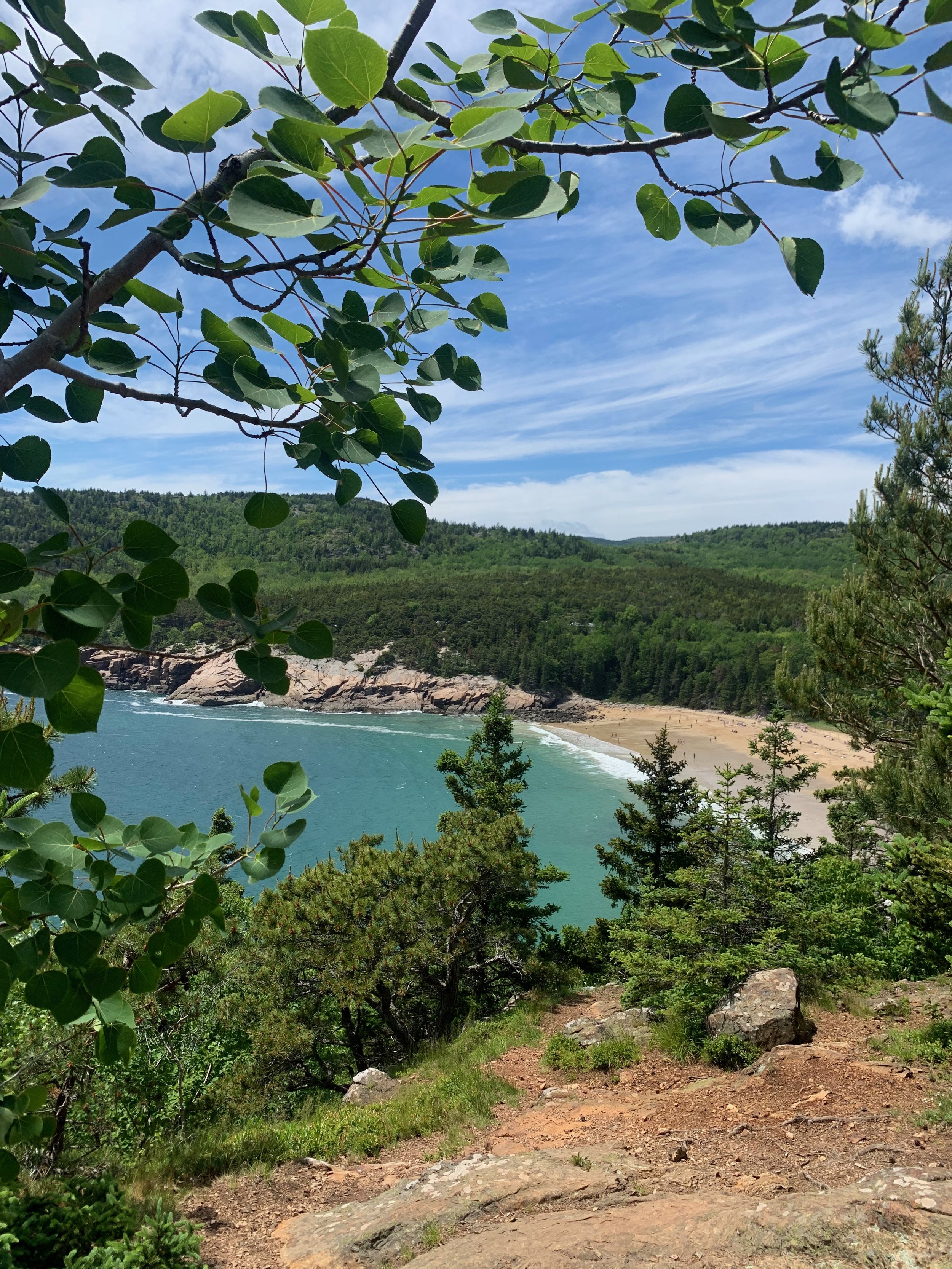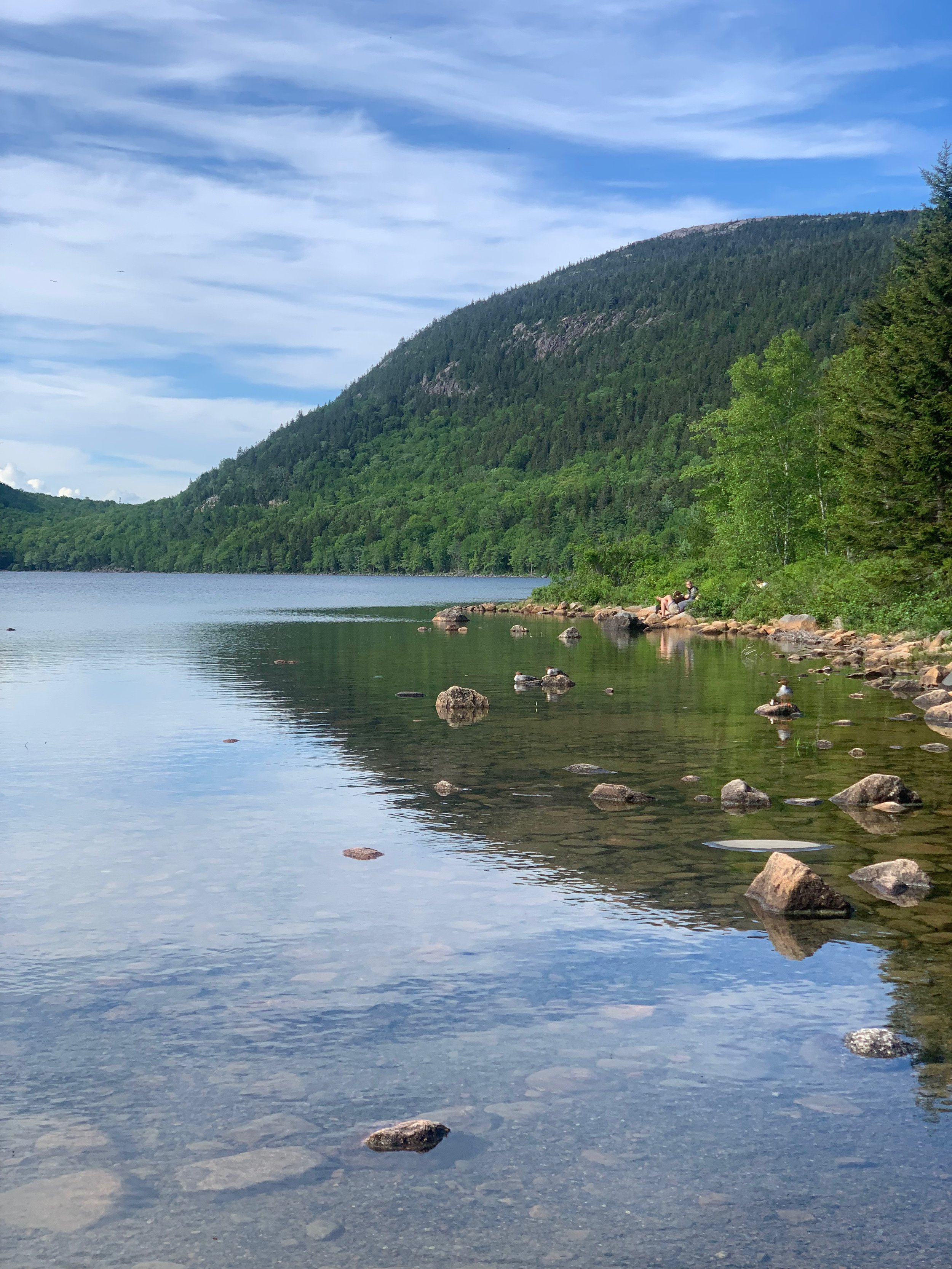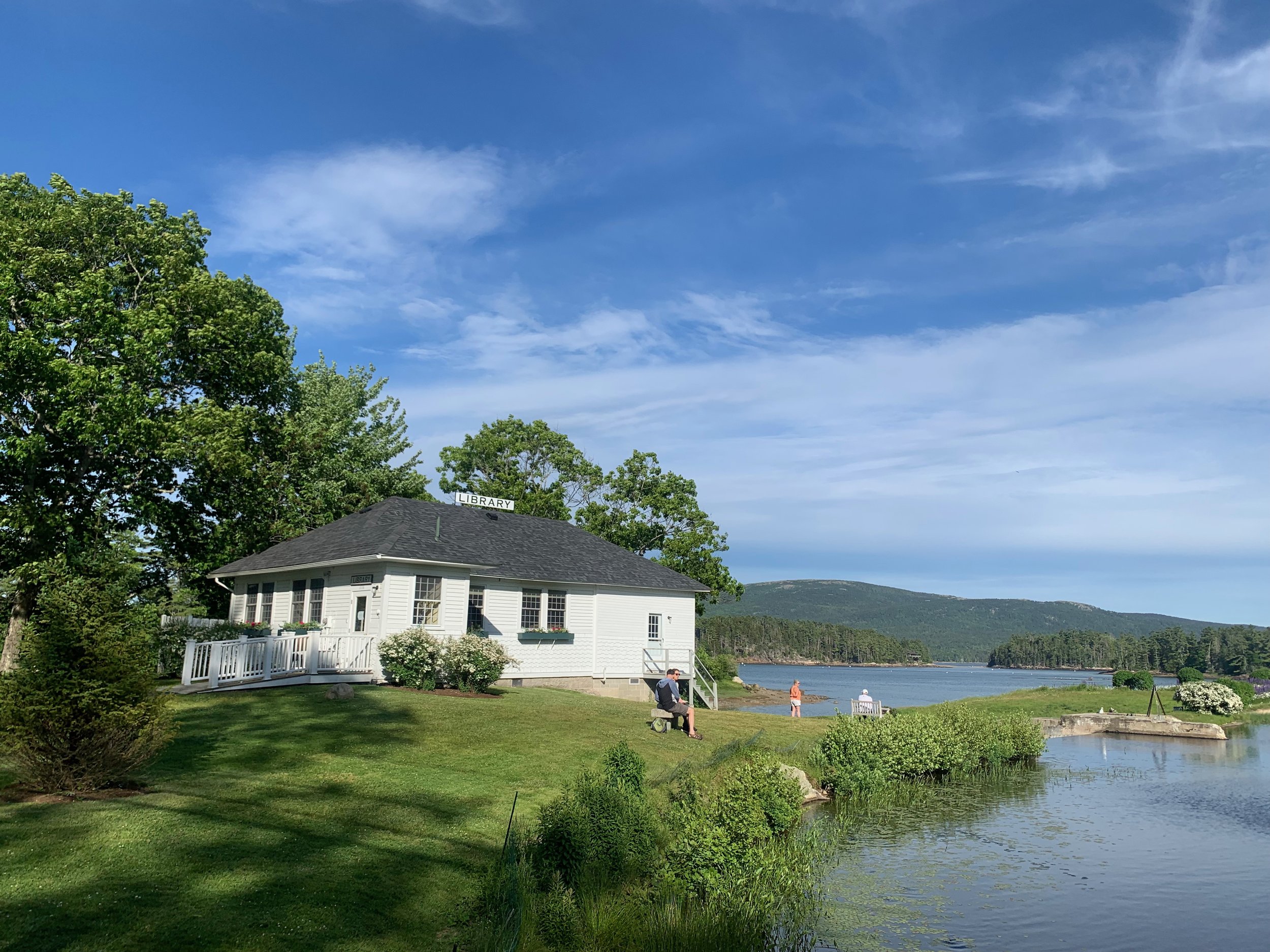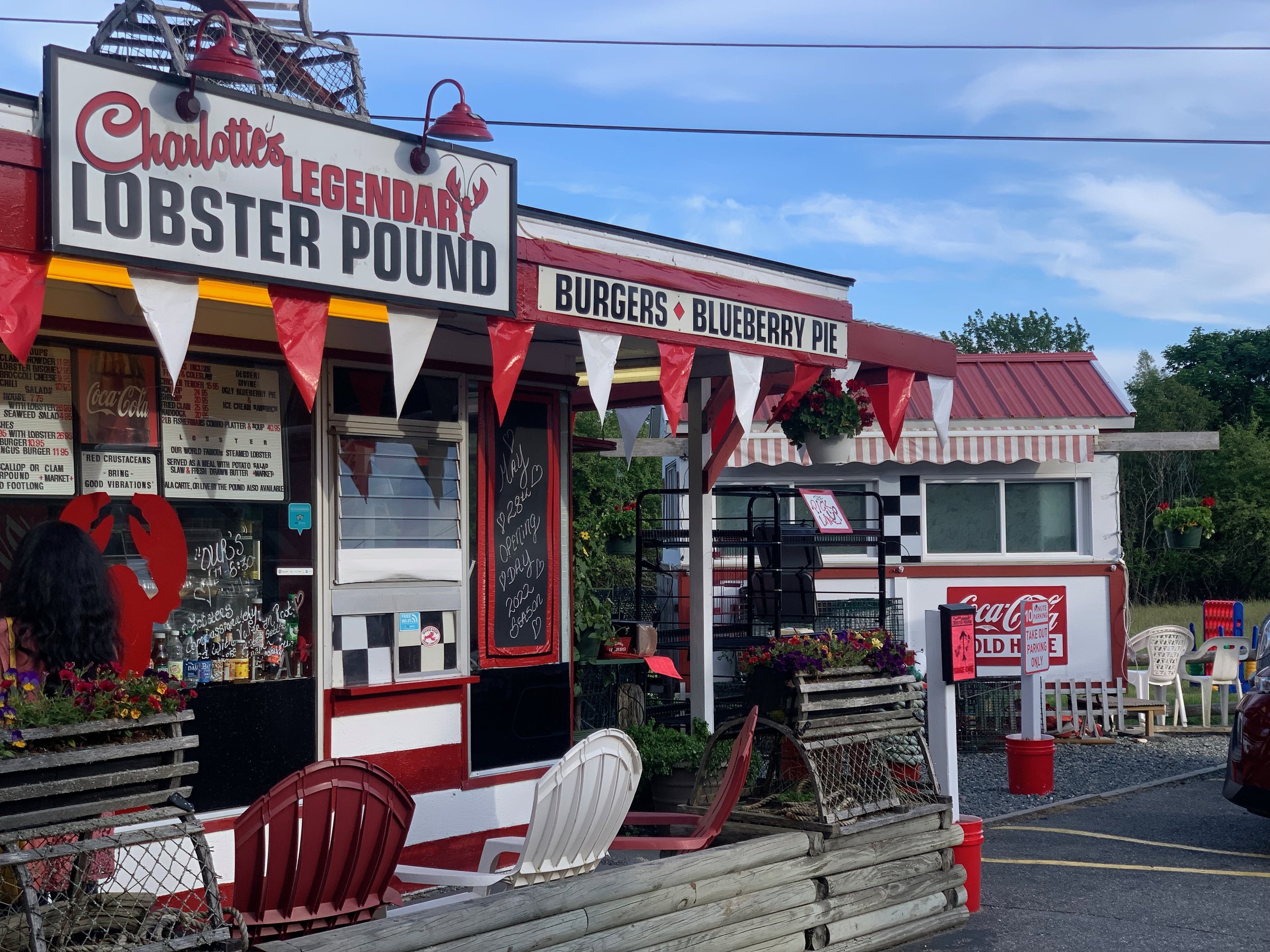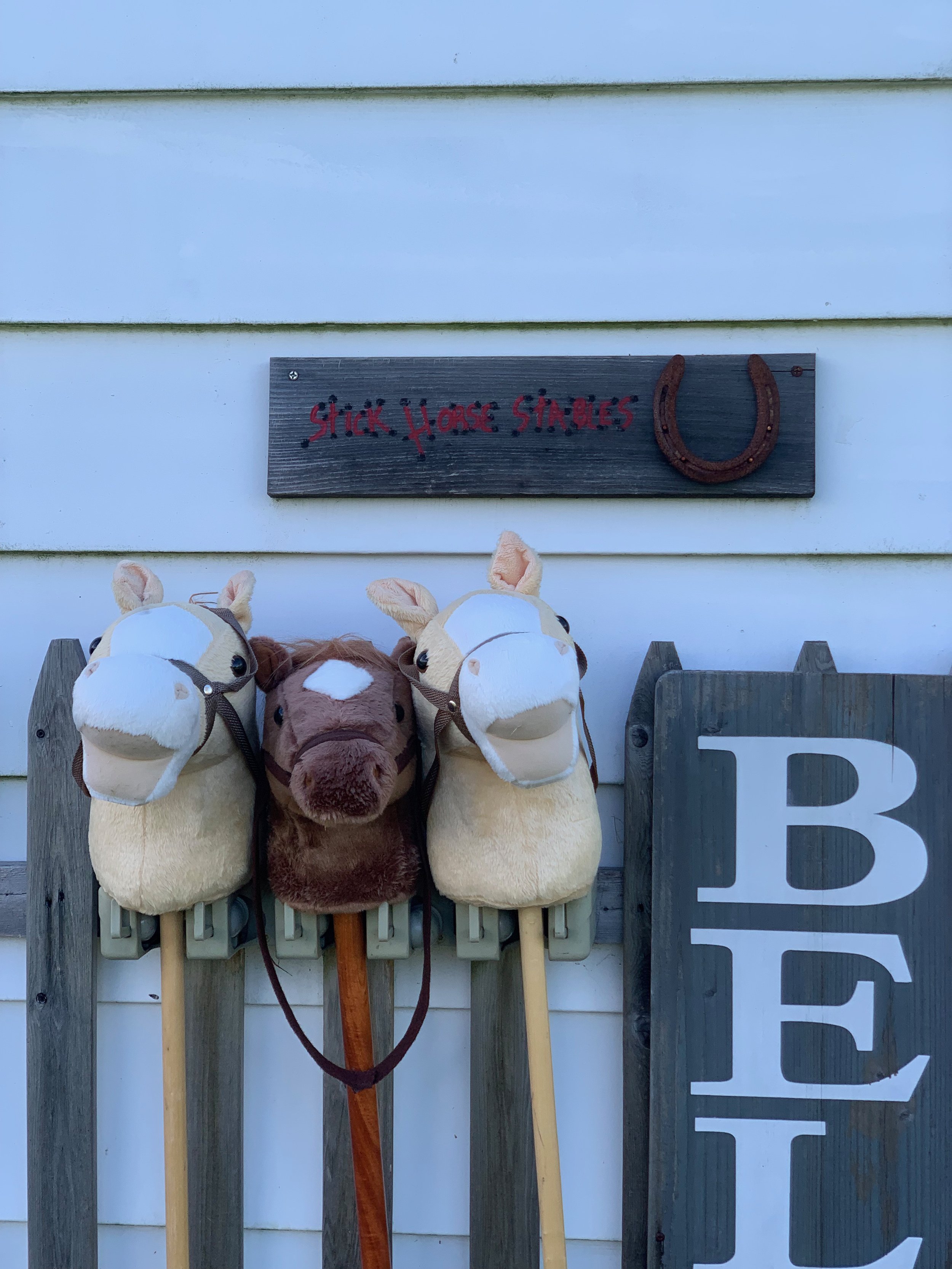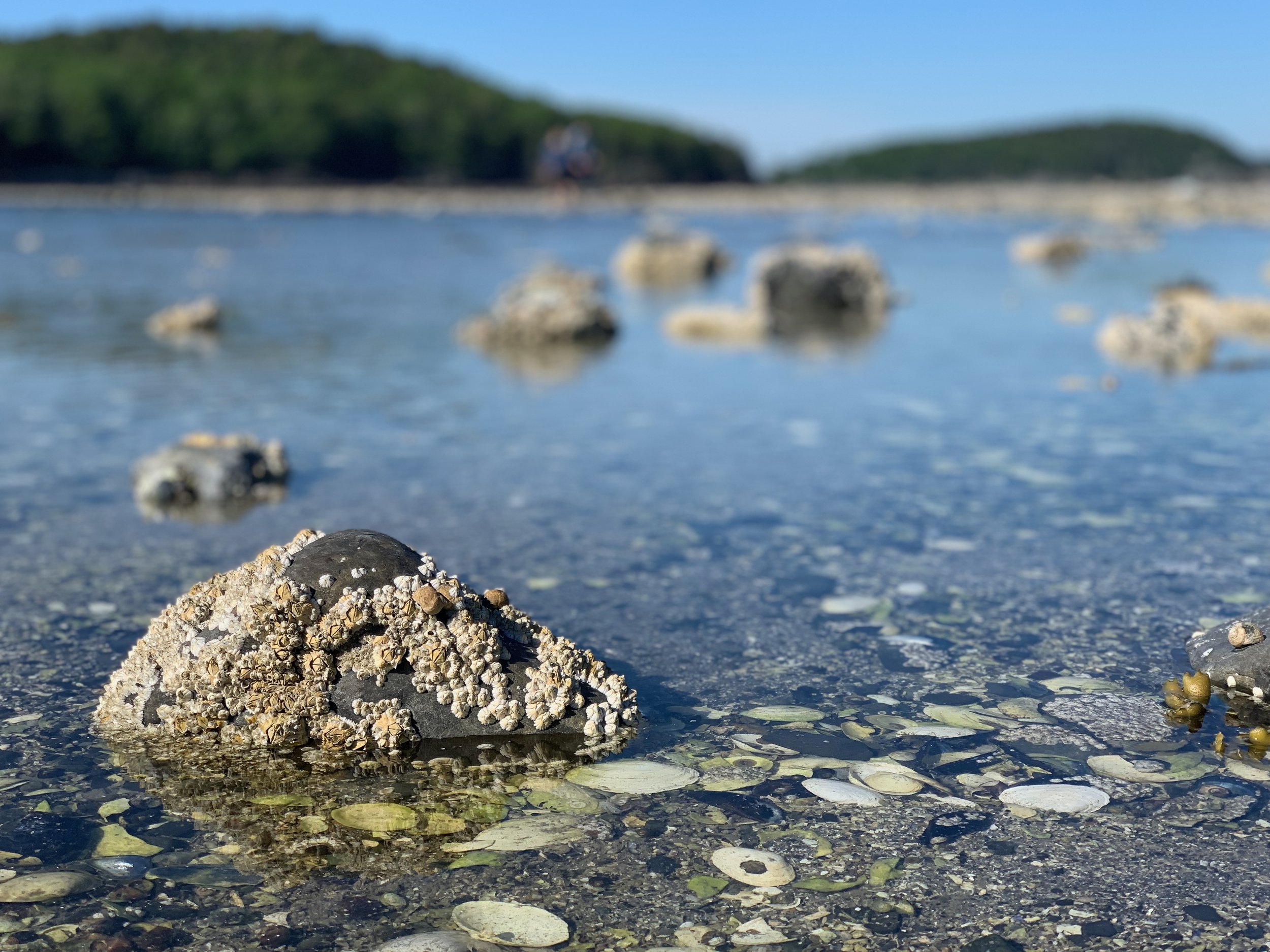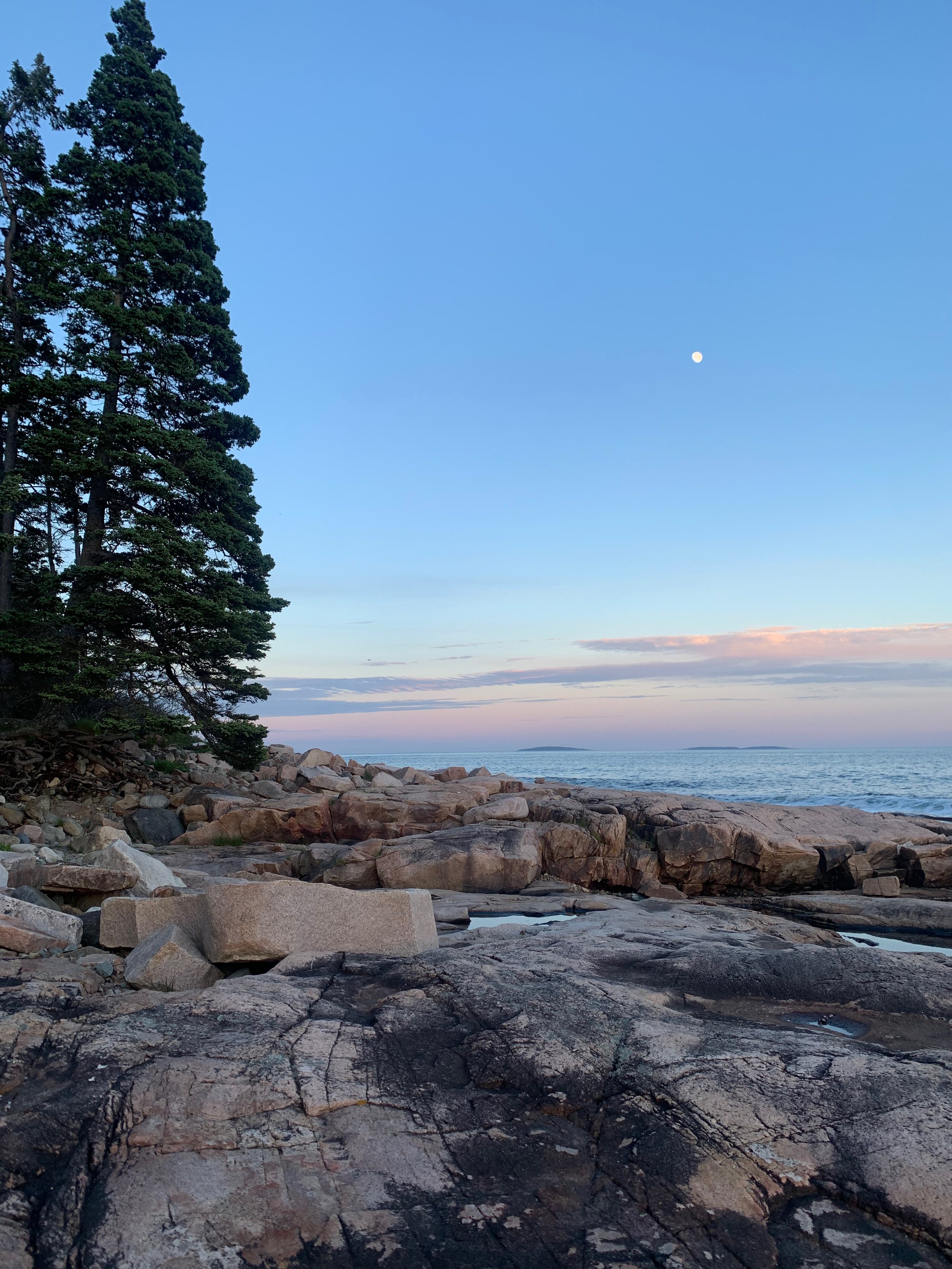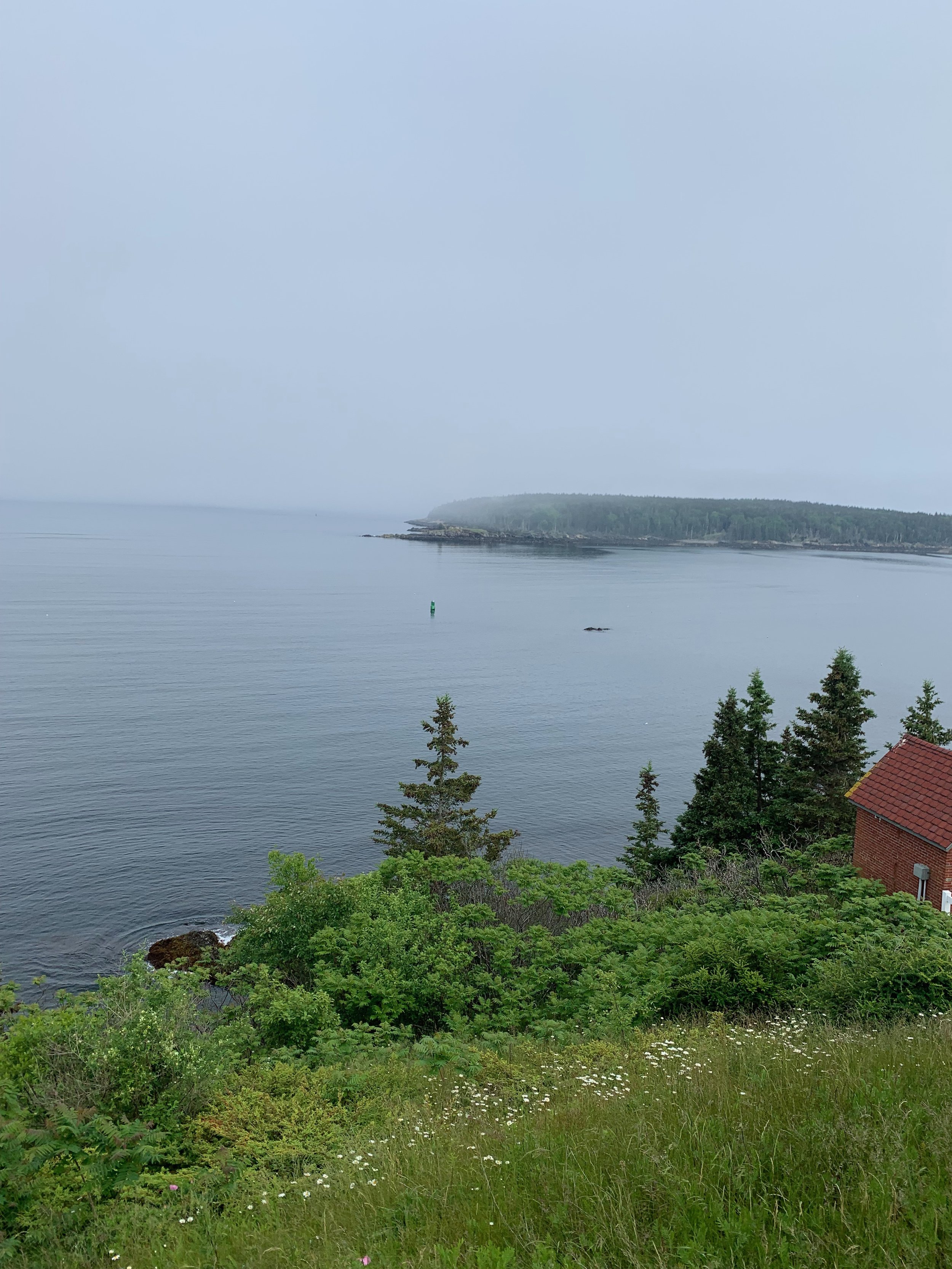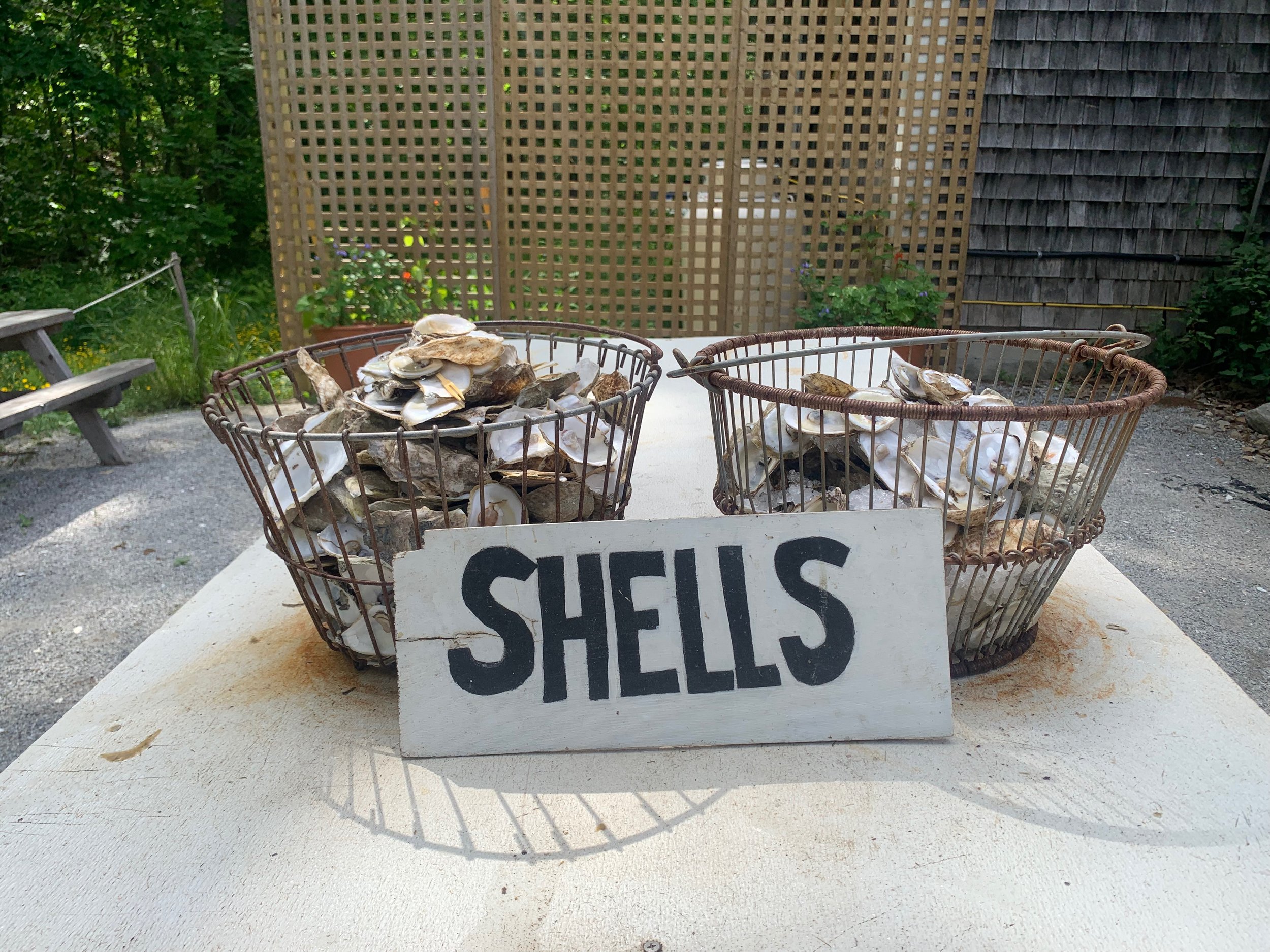I love doing these abstracts. They are basically the only things I draw that are extremely intuitive and based on a feeling or mood - I don’t stress about their composition, the colors, or how they may be perceived. Which makes them……fun. And…..easy.
©Nicole Miazgowicz LLC, 2021
Which of course means, in the strange mind of a creative, I often think they aren’t really valid as ‘real’ art. They don’t go with anything else I do, I make them quickly, they involve zero prep other than a few decisions about color and shape, and I find them much too enjoyable. Clearly they can’t be that good if no angsty feelings were involved! No sweat or tears or endless hours of brainstorming involved means they are not to be taken seriously! They deserve to sit in a box, only to be shared (maybe) every once in a while when I have nothing else better to share.
©Nicole Miazgowicz, 2021
I’ve talked about this with other creatives and it seems we all have some version of this. I have no answers on how to get over this or change my thinking on it - no helpful tidbits I’ve learned on overcoming the feeling that what is fun and easy is not valid. And honestly I kind of feel two things -
1) They are fun and easy (therefore invalid) and I feel silly even thinking about putting them out into the world as a way to make income. I’d have to redo my whole vibe! Who would want them?! Are they just for a gallery? Retail? Can they be done as illustrations?! Can I do something with them and still do all the other stuff I do?
and
2) They are fun and easy and while it would be cool to make money at something so fun and easy, maybe they feel like that because I’m not trying to do anything with them?! Maybe they give me meditative moments to just draw with zero angst and suffering involved. They feel like journaling in a weird way. Maybe they are just for me. Is that okay? What does it mean if I do release them one day? Will they still be fun and easy and meditative after I release a few?
©Nicole Miazgowicz, 2021
So, much like the process of making these abstracts, I’m just trying to go by my intuition. Right now, I kind of just want to make them and put them in a box, only to share them when I have nothing else to share. I feel happy looking through them and I feel comfort knowing I can turn to making them when it’s a little too hard to make anything else. I’ll keep doing this until I have a little voice that tells me to think about putting them out into the world as a financial or professional means. And I’ll try not to be fearful of their validity when that voice comes.
©Nicole Miazgowicz, 2021
See you next month,
♡ nicole

